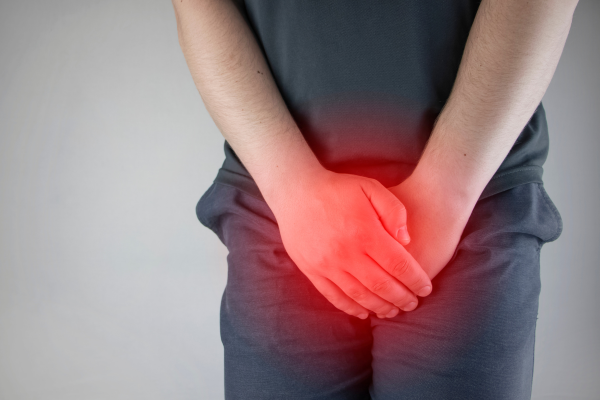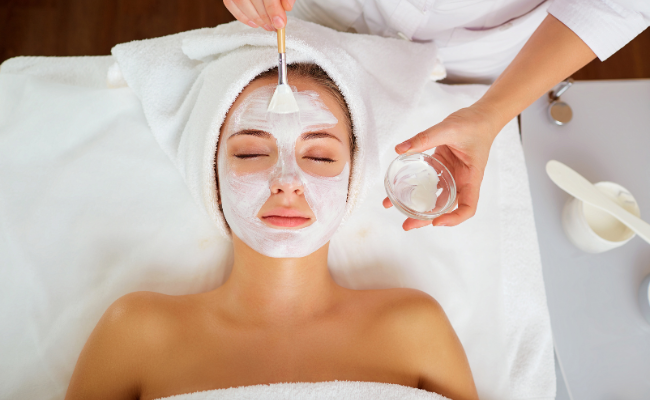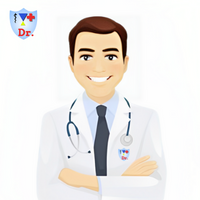How to Treat Ingrown Hair?
- October 12, 2023
- No Comments
What are Ingrown Hairs?
Ingrown hairs occur when a hair curls back or grows sideways into the skin, rather than emerging from the follicle. This often leads to irritation, inflammation, and the development of small, painful bumps. Commonly found in areas where hair is regularly removed through shaving, waxing, or plucking, ingrown hairs can be a nuisance and cause discomfort. While ingrown hairs can impact anyone, effective treatment and prevention can be achieved through proper hair removal practices. An ingrown hair appears as an elevated, discolored spot on the skin, resulting from a hair strand growing back into the skin after methods like shaving, tweezing, or waxing.
Why Do Ingrown Hairs Occur?
- Hair Removal Practices: Ingrown hairs are frequently associated with methods of hair removal such as shaving, waxing, and plucking. These practices can sometimes cause hair to grow back into the skin.
- Curly Hair: Individuals with naturally curly hair may be more prone to ingrown hairs, as the hair has a higher likelihood of curling back into the skin.
- Tight Clothing: Wearing tight clothing, especially immediately after hair removal, can contribute to the development of ingrown hairs.
- Excess Dead Skin Cells: Buildup of dead skin cells can block hair follicles, causing the hair to grow inward.
How to Identify Ingrown Hairs:
- Red Bumps: Ingrown hairs often present as red, inflamed bumps on the skin.
- Pain or Itching: The affected area may be painful or itchy.
- Embedded Hair: Sometimes, a small, coiled hair may be visible beneath the skin's surface.
- Pus-filled Blisters: In more severe cases, ingrown hairs can lead to the formation of pus-filled blisters.
Treatment Solutions for Ingrown Hairs:
- Warm Compress: Applying a warm compress to the affected area can help soothe inflammation and encourage the hair to surface.
- Gentle Exfoliation: Regular, gentle exfoliation can help remove dead skin cells, preventing them from blocking hair follicles.
- Topical Antibiotics: For ingrown hairs that become infected, topical antibiotics can be applied to promote healing.
- Avoid Tight Clothing: Wearing loose, breathable clothing can reduce friction and irritation on the affected area.
- Topical Steroids: In cases of severe inflammation, a dermatologist may recommend topical steroids to reduce swelling.
- Professional Extraction: For persistent or deeply embedded ingrown hairs, seeking professional extraction by a dermatologist can be beneficial.
Benefits of Treating Ingrown Hairs:
- Pain Relief: Treatment provides relief from the pain and discomfort associated with ingrown hairs.
- Prevention of Infection: Prompt treatment helps prevent the development of infections in ingrown hair sites.
- Improved Aesthetics: Addressing ingrown hairs improves the appearance of the skin, preventing the formation of red bumps and blisters.
- Reduced Scarring: Proper care minimizes the risk of scarring, especially in cases where ingrown hairs have become infected.
- Prevention of Recurrence: Establishing good skincare practices and proper hair removal techniques can help prevent the recurrence of ingrown hairs.








.jpg)
Comments (0)
No comments yet